How to train Relative Strength
The goal of training for relative strength is to maximize the amount of force you can produce without gaining weight. In other words, maximize your strength-to-weight ratio.
One of the side-effects of lifting heavy is that you put on muscle mass. Most of the time this is a good thing. In fact, for almost everyone, putting on muscle is a good thing (as it's linked with a ton of health benefits). Putting on muscle is especially important when you want to "lose weight", despite being denser than fat tissues, it has many hormone and metabolic functions that improve your health.
However, there are many reasons that you would want to increase strength without increasing bodyweight.
You are a weight-class athlete
You have reached the limit of your natural muscle gain for your body type
Your sport of position demands that you stay agile
You are an endurance athlete
Often, one of the best ways to increase your Relative Strength is to decrease your body mass. For example, if you can Deadlift 150lb when you weigh 175lb, but you decrease your body weight to 160lb while maintaining your strength, your relative strength would increase significantly. That is assuming, of course, that you maintain lean muscle mass and loss mostly adipose tissue or water weight. This transformation can come from solid nutritional and standard strength and conditioning programs.
For athletes, or those looking to maximize their relative strength, it will take a more deliberate training approach. Huge increases in strength are possible without getting bulky. Trust me. You can get incredibly strong, without being as heavy as (or looking like) a powerlifter. Just check out Oleksandr Kutcher, who deadlifted 694lb weighing only 165lb!
It is commonly believed that low-weight, high repetitions are the best way to get strong "without gaining muscle". While I endorse and use strength-endurance exercise (see my post about how to train for strength-endurance), it is not the best way to increase your Relative Strength.
Below are the fastest and most efficient ways to increase your relative strength...
1. Lift Heavy
Lifting in your 1-5 RM range is the fastest way to increase your strength. Counterintuitively, this intensity range doesn't cause significant growth. The most that you will see is a trade between your fat mass and your fat-free mass. In other words, your will lean out as you put on a bit of muscle, all the while your strength is increasing quickly.
Part of this adaptation is because of how we gain strength. Many of the adaptations caused through strength training are a result of neural adaptations and changes in the muscle itself, that do not include hypertrophy (i.e. muscle growth). Our brain is literally learning how to use the musculature and becoming more efficient at it, which accounts for HUGE strength gains.
To increase my relative strength I perform a 5x5 training session. That is... 5 sets of 5 reps of the heaviest weights that I can hit, without failure. That being said, my workout might look like the following:
Set 1: x5r; Set 2: x5r; Set 3: x5r; Set 4: x5r; Set 5: x4r
With this training protocol, it is important to only attempt reps that you are sure that you can complete. Remember, we are training the nervous system, so we only want to go to our Technical Rep Max (i.e. the maximum number of repetitions we can perform with perfect technique).
2. If you want to Push heavy, you need to Pull heavy.
The body is pretty smart.
Imagine if you had a car, that limited your speed based on how well the breaks were maintained.
That would probably avoid a considerable number of accidents, wouldn't it?
That is essentially what your body does to avoid injury. If you find that you are plateauing on a lift (e.g. the Bench Press), often, it might not be because the pressing muscles (i.e. the gas) are laking, but instead may because your back muscle (i.e. the breaks) are weak.
Your brain is limiting the amount of "gas" you can apply because the "breaks" in the system can't handle any more speed.
3. Optimize your biomechanics
Improving your mechanics can have the significant and long-lasting effect of increasing your strength, without changing your body mass at all.
Biomechanics, in this case, is a fancy word for posture. If you want to apply the most amount of force, your need to start from the right position.
This also includes addressing asymmetries between left/right sides or front/back. If your 1-leg DL on your left is significantly stronger than your right, not only are you limiting your strength gain, but also setting yourself up for injury.
Biomechanical asymmetries are hard to find by yourself. I encourage you to find a qualified trainer who can perform a mobility/posture assessment (such as the Selective Functional Movement Assessment, SFMA).
Part of optimizing your biomechanics is also going to include performing regular and consistent mobility work. (As a guide, I highly recommend the book "Becoming a Supple Leopard" by Dr Kelly Starrett).
4. Increase your Grip Strength
I don't think there is any quicker or simpler hack to improving your strength than maximizing your grip strength. Increasing your grip strength/endurance is going to sky-rocket your strength gains, with literally zero change in body weight.
My favourite methods of increasing grip strength are Farmer Carries and hanging, however, many people like to use Grippers, which can have very fast effects. Grippers are great because they are extremely portable and you can train periodically throughout the day.
Whether you are an athlete, a law enforcement officer, or just a regular joe/jane, increasing your Relative Strength has many benefits. Simple things like increasing your grip strength and doing some regular mobility work can have significant effects on your RS, and biomechanical optimization can also help prevent injury.
Remember to lift heavy, and train with pride.
-Coach Mark, Kinesiologist



